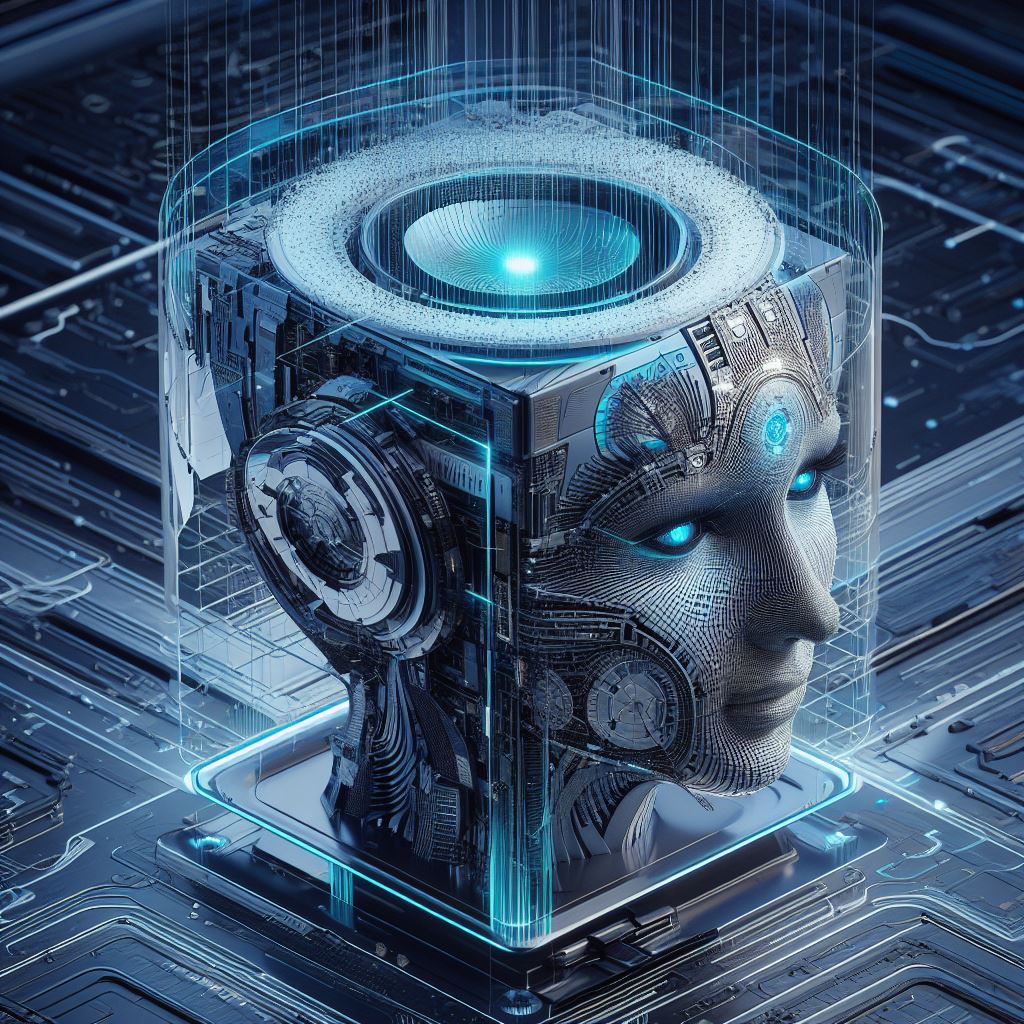
Decoding the Innovations: An Examination of DoLa in Large Language Models
Date
10/04/2023Date
TechnologyAbstract
This essay scrutinizes DoLa, a decoding strategy designed to improve the truthfulness of Large Language Models (LLMs). We'll explore its key features, limitations, and potential future developments, providing a comprehensive understanding of its impact on the LLM ecosystem.
Introduction
The advent of Large Language Models has opened new avenues in artificial intelligence, but ensuring their truthfulness remains a significant challenge. DoLa, a novel decoding strategy, has emerged as a promising solution to improve the factual accuracy of LLMs without requiring any model retraining or external knowledge integration.

Features of DoLa
Improvement in Truthfulness
DoLa aims to enhance the factual accuracy of LLMs across various tasks. It contrasts the knowledge disparities between the model's layers, amplifying factual signals from later layers while filtering out incorrect predictions from earlier layers.
No Retraining Required
One of the most compelling features of DoLa is its plug-and-play nature. It requires no retraining of the model parameters or any integration with external knowledge bases.
Inference-Time Decoding
DoLa operates entirely during inference time, which means it can deliver substantial gains in truthfulness without affecting the training process.

Limitations of DoLa
Despite its innovative approach, DoLa is not without limitations. While it improves the generation of factual content, it may not entirely eliminate incorrect information. The effectiveness of DoLa can also vary depending on the complexity and nature of the tasks it is applied to.
Future of DoLa
The potential applications for DoLa are expansive. By surfacing factual knowledge already contained within LLMs, DoLa paves the way for safer and more reliable language models. Future iterations could potentially integrate DoLa with retrieval mechanisms to ground predictions on factual knowledge bases.

Conclusion
DoLa represents a significant milestone in the ongoing efforts to improve the reliability and safety of Large Language Models. Its capability to enhance truthfulness without the need for retraining or external knowledge makes it a valuable asset in the burgeoning field of artificial intelligence.